HORTUS BIONICA
Studio Samira Boon presents its HORTUS BIONICA series, seeking to cultivate a healthy indoor environment that adapts to the needs of its occupants like a living ecosystem. The first two ‘sprouts’ of the new product series are entitled: sonic blossom and proxi flower, and are designed for the specific challenges of larger indoor spaces.
 This includes workspaces, atria, restaurants and libraries. Synergy between various users and environmental conditions is the starting point for HORTUS BIONICA. A garden of robotic textile creatures that reacts to environmental stimuli. The HORTUS BIONICA series is created by Studio Samira Boon, a textile architecture studio that seeks to generate flexible and dynamic environments.
This includes workspaces, atria, restaurants and libraries. Synergy between various users and environmental conditions is the starting point for HORTUS BIONICA. A garden of robotic textile creatures that reacts to environmental stimuli. The HORTUS BIONICA series is created by Studio Samira Boon, a textile architecture studio that seeks to generate flexible and dynamic environments.
 The work was developed together with sensor lab and with the support of the creative industries fund NL. The design team believes that sustainable and healthy living of the future is adaptive and interactive like natural systems. To achieve this, over the last years, Studio Samira Boon has developed digitally produced origami designs to implement as lightweight and dynamic 3D textile installations that generate adaptable spaces. HORTUS BIONICA is the next step in merging nature and technology.
The work was developed together with sensor lab and with the support of the creative industries fund NL. The design team believes that sustainable and healthy living of the future is adaptive and interactive like natural systems. To achieve this, over the last years, Studio Samira Boon has developed digitally produced origami designs to implement as lightweight and dynamic 3D textile installations that generate adaptable spaces. HORTUS BIONICA is the next step in merging nature and technology.
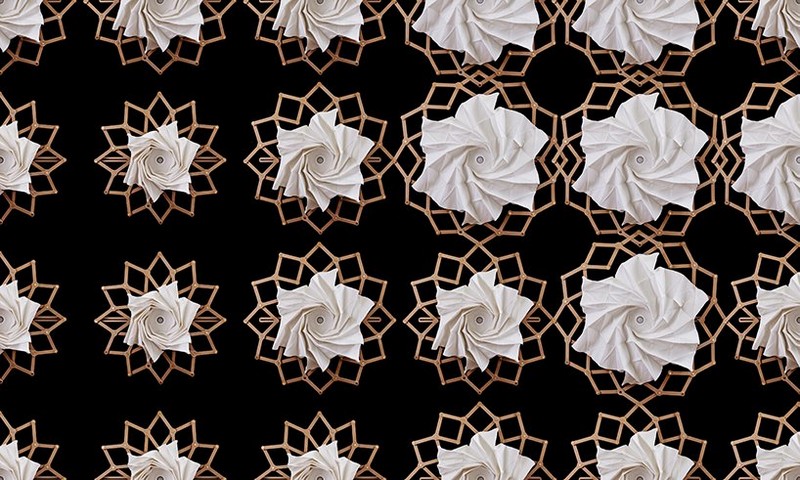
With HORTUS BIONICA, Studio Samira Boon investigates the viewer’s relationship with nature to foster healthier forms of architecture based on biophilic design principles. The growing collection is a garden of bionic plants. The new species of architectural elements that are able to carry out a number of smart functions and optimize flows — namely energy, light, sound, movement — within public spaces.
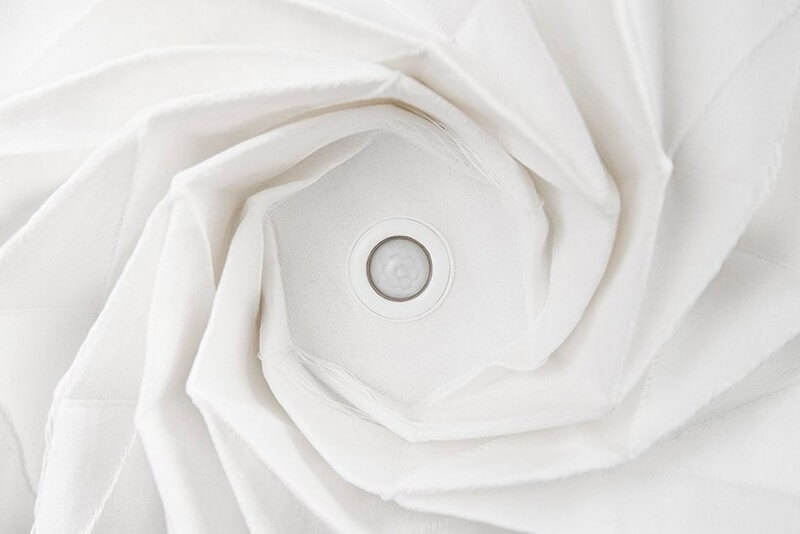 The team’s biophilic approach goes beyond adding natural elements to unnatural indoor environments. HORTUS BIONICA recognizes and amplifies the nature-like characteristics found in architectural materials, technology and data. By highlighting these properties, Studio Samira Boon promotes architecture as an adaptive garden, HORTUS BIONICA.
The team’s biophilic approach goes beyond adding natural elements to unnatural indoor environments. HORTUS BIONICA recognizes and amplifies the nature-like characteristics found in architectural materials, technology and data. By highlighting these properties, Studio Samira Boon promotes architecture as an adaptive garden, HORTUS BIONICA.
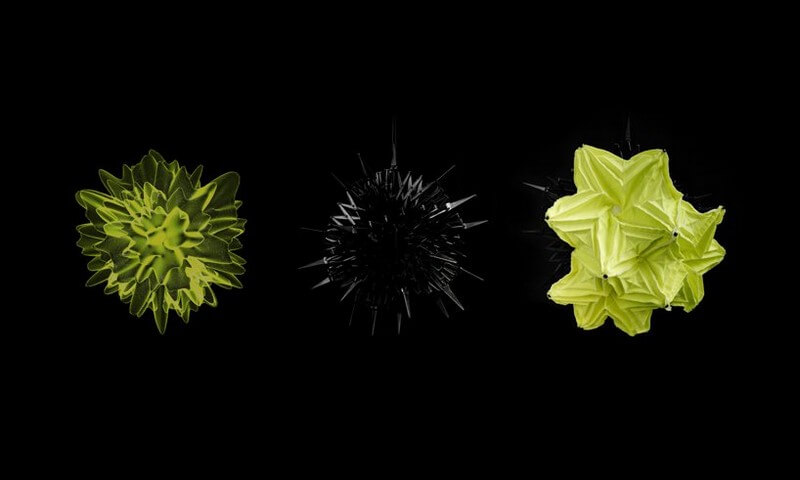 The garden expresses a strong emotional and sensory dimension that actively supports the user’s wellbeing. This leads to artificial natural organisms that change their shape in an automated way in relation to environmental conditions and changing needs and wishes of the users. Each inhabitant of HORTUS BIONICA has its own unique functional application and character, both behaviorally and visually.
The garden expresses a strong emotional and sensory dimension that actively supports the user’s wellbeing. This leads to artificial natural organisms that change their shape in an automated way in relation to environmental conditions and changing needs and wishes of the users. Each inhabitant of HORTUS BIONICA has its own unique functional application and character, both behaviorally and visually.
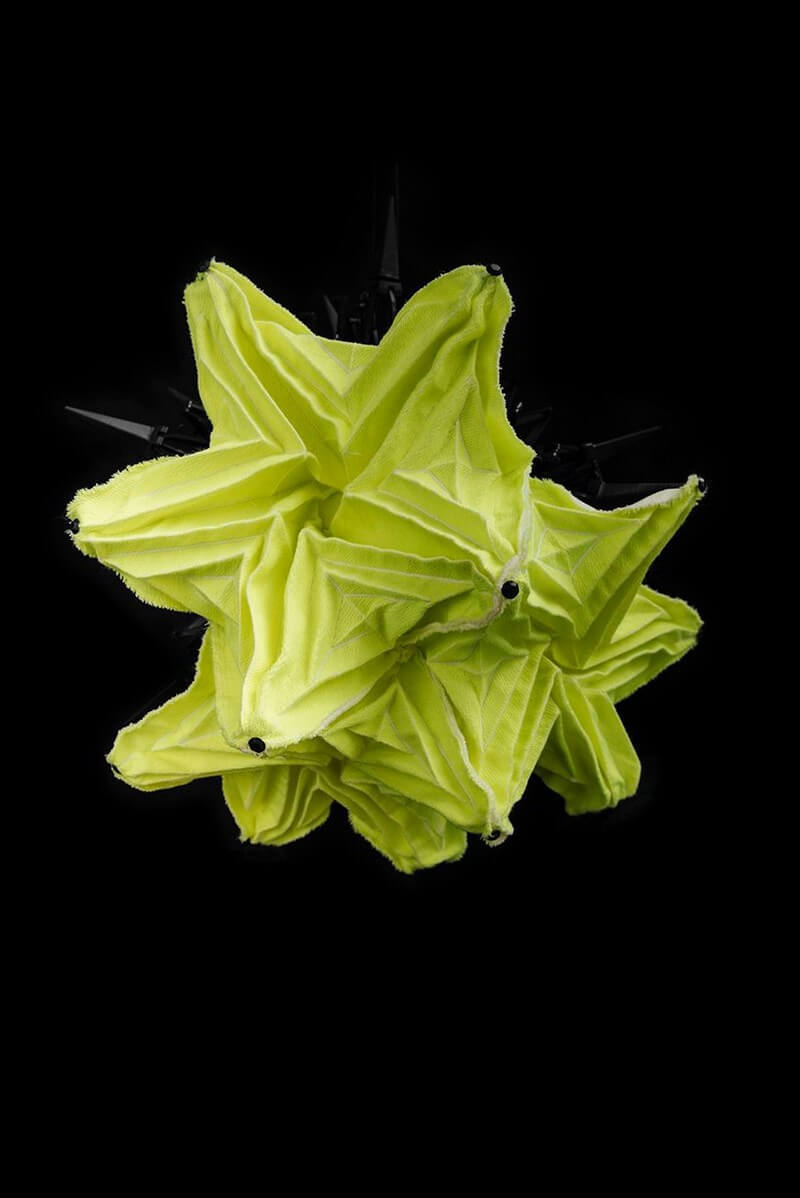
Studio Samira Boon’s HORTUS BIONICA species is a growing collection. The first two products were to be publicly presented at material district Rotterdam — postponed due to COVID-19 — and had a soft launch in march. The next sprouts to be launched will respond to light and temperature and composed of 100% recycled textile waste. The potential offered by this garden combining nature and technology is enormous and the team invites architects to join in exploring its possibilities.
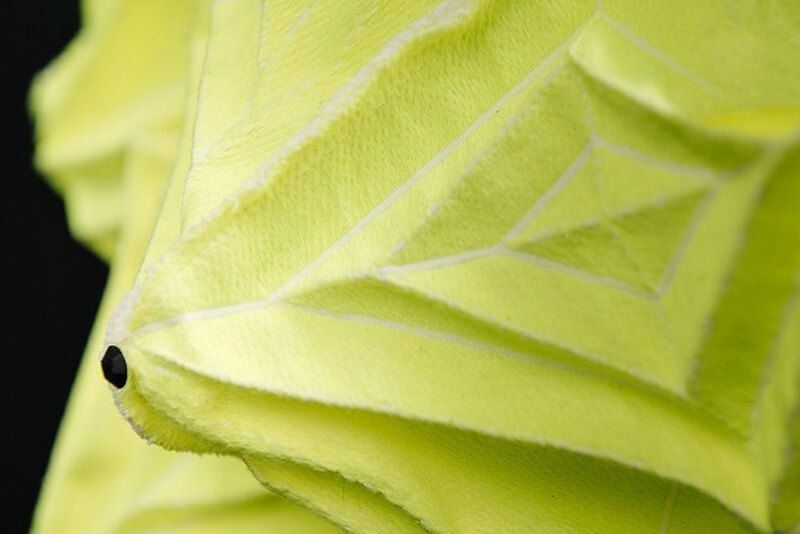
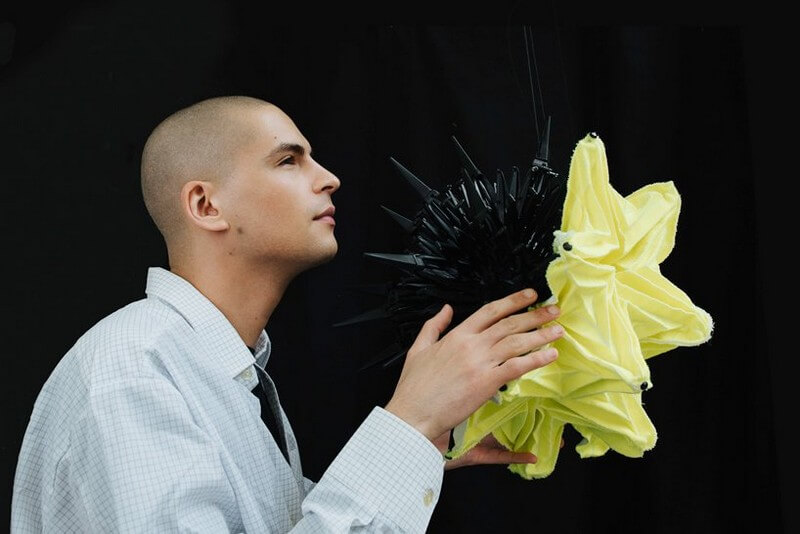





























Comments